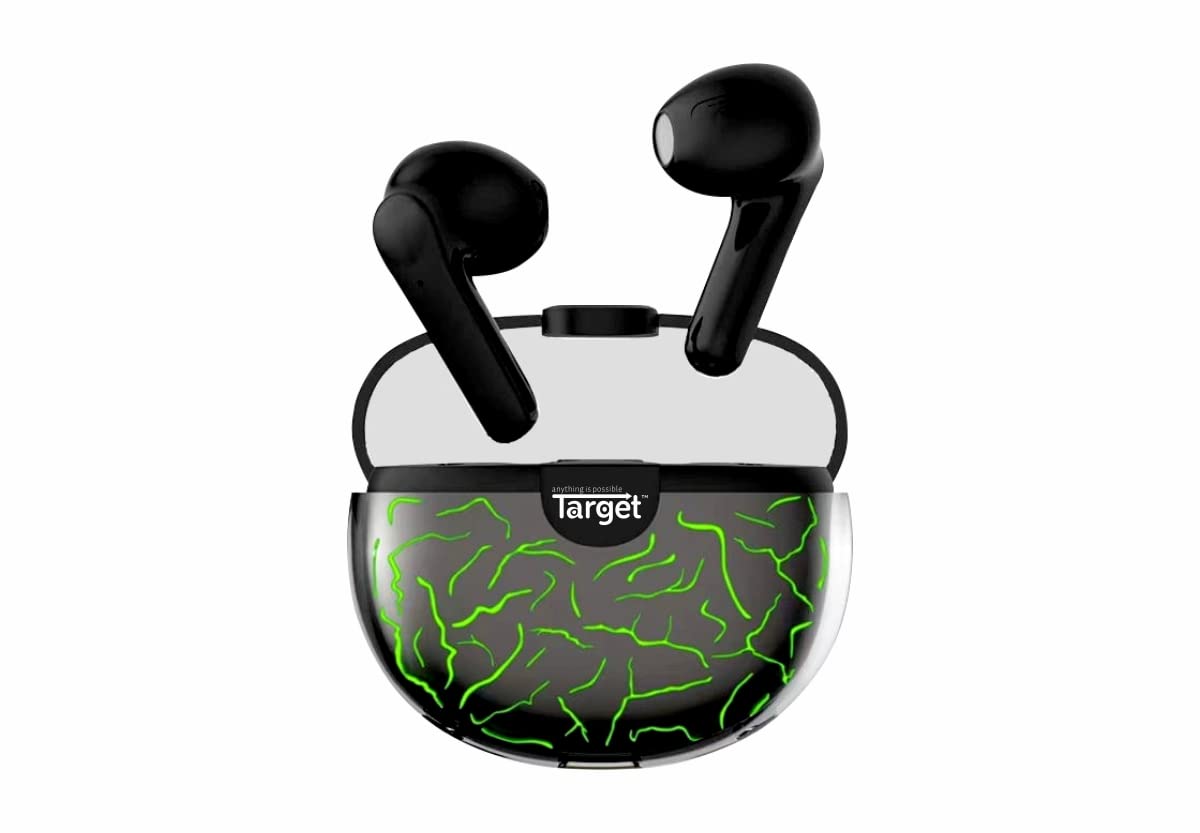Troubleshooting JLab Earbuds Pairing Issues: Quick Fixes and Tips
JLab earbuds are renowned for their quality sound and convenience, offering a seamless wireless listening experience. However, like with any technology, users may occasionally face pairing issues. These problems can range from earbuds not being recognized by devices to connections that frequently drop. How to make jlab earbuds discoverable? This article provides a comprehensive guide to troubleshooting common pairing issues with JLab earbuds. By following these quick fixes and tips, users can ensure their earbuds work flawlessly with their devices.
Initial Checks
Ensuring Earbuds Are Charged
Before diving into more complex troubleshooting steps, start with the basics. Verify that your JLab earbuds are sufficiently charged. Earbuds with low battery might not turn on or enter pairing mode, appearing as if they are malfunctioning. Place them in their charging case for a while and then attempt earbuds pairing again.
Resetting the Earbuds
If charging doesn’t solve the issue, try resetting your JLab earbuds. This process can vary slightly between models, so consult your manual for specific instructions. Generally, this involves holding down certain buttons on the earbuds until LED lights flash, indicating they have reset. This can clear minor software glitches that might be hindering pairing.
Device Compatibility and Settings
Checking for Compatibility
Ensure your device is compatible with the JLab earbuds. Most JLab earbuds use Bluetooth technology, so your device should support the specific Bluetooth version your earbuds use. Compatibility information can typically be found in your earbuds’ manual or the manufacturer’s website.
Reviewing Bluetooth Settings
Sometimes, the issue lies with the device’s Bluetooth settings. Make sure Bluetooth is enabled on your device and that it is in discoverable mode. If your earbuds have previously been paired with this device, you might need to forget the earbuds in your device’s Bluetooth settings and then attempt re-pairing them as a new device.
Interference and Distance
Minimizing Interference
Bluetooth connections can be susceptible to interference from other wireless signals. Wi-Fi routers, microwave ovens, and even USB 3.0 devices can cause interference. If you’re experiencing pairing issues, try moving away from these potential sources of interference, or turn off other Bluetooth devices temporarily to see if that improves the connection.
Keeping Devices Within Range
Bluetooth has a limited range, typically about 33 feet (10 meters) for most devices, though walls and other obstacles can shorten this distance. Ensure your JLab earbuds and the device you’re trying to pair them with are within this range. Moving too far from your device can cause the earbuds to disconnect or struggle to connect.
Firmware and Software Updates
Updating Earbuds Firmware
Manufacturers often release firmware updates for their devices to fix bugs or improve functionality. If you’re having persistent pairing issues, check if there are any firmware updates available for your JLab earbuds. The JLab website or the app associated with your earbuds can provide information on updates and how to install them.
Keeping Your Device Updated
Similarly, ensure the device you’re trying to pair with your earbuds is up to date. Operating system updates can include Bluetooth improvements and fixes that might resolve pairing issues. Check your device’s settings to see if any updates are available, and install them if so.
Seeking Professional Help
Consulting the User Manual
If none of the above steps resolve your pairing issues, consult the user manual for your JLab earbuds. The manual may offer model-specific troubleshooting tips or indicate when it’s time to seek professional help.
Contacting Customer Support
Should troubles persist even after following these troubleshooting tips, it might be time to contact JLab’s customer support. It’s possible your earbuds could be faulty, or there may be a unique issue that only a professional can solve. Detailed information about your problem can help customer support provide the most effective assistance.
Advanced Pairing Techniques
Manual Pairing Mode
Sometimes JLab earbuds might not automatically enter pairing mode when turned on. In such cases, manually triggering pairing mode can help. For most JLab models, you can do this by turning the earbuds off and then pressing and holding the power button for several seconds until you see the LED indicator flash white or blue, which signifies pairing mode. After this, search for the earbuds in your device’s Bluetooth menu to connect.
Clearing Paired Device List
JLab earbuds can store a limited number of paired devices in their memory. If you’ve connected to many devices in the past, this memory may become full, preventing new connections. Refer to your manual on how to clear your earbuds’ paired device list, often by performing a factory reset. After clearing the list, you can re-attempt pairing with your preferred device.
Understanding Earbud Status Indicators
Interpreting LED Signals
Understanding the LED signals on your JLab earbuds can provide insight into what might be wrong during the pairing process. Different colors and flashing patterns can indicate various statuses, such as low battery, charging state, or pairing mode. Your user manual will have a chart explaining these LED indicators, which can be a helpful reference when troubleshooting.
Listening to Audio Prompts
Some JLab earbuds also issue audio prompts that can inform you of their status. Pay attention to these audible cues for information about the battery level or connection status. For instance, a repetitive beep might signal that the earbuds are searching for a device to pair with, while a voice prompt might confirm a successful connection or indicate a disconnection.
Optimal Usage Practices
Regular Maintenance
To avoid pairing issues, it’s a good practice to regularly maintain your JLab earbuds by keeping them clean and storing them in their charging case when not in use. This ensures that the earbuds stay charged and protected from damage, which can affect their ability to pair correctly.
Mindful Pairing and Unpairing
Being mindful of how you pair and unpair from devices can also help to avoid future issues. Always follow the correct procedures to disconnect your earbuds from one device before attempting to pair with another. This helps to prevent confusion and potential software bugs that may affect the earbuds’ ability to make new connections.
Resolving pairing issues with JLab earbuds usually involves simple fixes, such as ensuring the earbuds are charged, resetting them, or checking device compatibility and settings. Sometimes, minimizing interference, keeping devices within range, and updating firmware and software can also help. However, if all else fails, consulting the user manual and contacting customer support are advisable steps. By systematically addressing common issues, most pairing problems with JLab earbuds can be quickly and effectively resolved, restoring your wireless listening experience.

Jlab Earbuds Troubleshooting Pairing Problems: Don’t Panic!
If you’re having trouble pairing your JLab earbuds, don’t worry! Here are some common issues and their solutions:
-
Earbuds Not Showing Up: Make sure your earbuds are in pairing mode and that your device’s Bluetooth is turned on. Restart both your device and the earbuds.
-
Connection Drops: Ensure there are no obstacles or interference between your device and the earbuds. Try moving closer to your device.
-
Audio Issues: Check the volume on both your device and the earbuds. Reset the earbuds if necessary.
-
One Earbud Not Working: Try resetting the earbuds. If the problem persists, there might be a hardware issue, and you should contact JLab support.
Advanced Pairing Techniques: Unleash the Full Potential
Beyond the standard pairing, here are a few additional tips and tricks:
-
Multipoint Pairing: Some JLab earbuds support multipoint pairing, allowing you to connect them to two devices simultaneously. Check your model’s specifications to see if it offers this feature.
-
Customizing Controls: Many earbuds have customizable touch controls. Refer to the user manual to learn how to change the controls to your liking.
-
Firmware Updates: JLab occasionally releases firmware updates that can improve performance and fix bugs. Check the JLab website for updates and instructions on how to install them.

Beyond Pairing: Optimizing Your JLab Earbuds Experience
- Find Your Fit: Experiment with different ear tip sizes to find the most comfortable and secure fit.
- EQ Your Sound: Customize the equalizer settings through the JLab app to personalize your sound preferences.
- Utilize Voice Assistants: Activate your preferred voice assistant (Siri, Google Assistant) for hands-free control.
- Explore JLab’s App: The JLab Air ANC app offers additional features like customizing touch controls and finding your earbuds if they’re lost.
Conclusion:
JLab earbuds provide a great combination of value and performance for a satisfying audio experience in 2024. By mastering the pairing process, troubleshooting issues, and exploring the additional features, you can maximize the enjoyment you get from your JLab earbuds. With a little effort, you’ll be able to seamlessly connect, listen, and immerse yourself in your favorite music or podcasts wherever you go.
Let me know if you need any further information or assistance!





















































